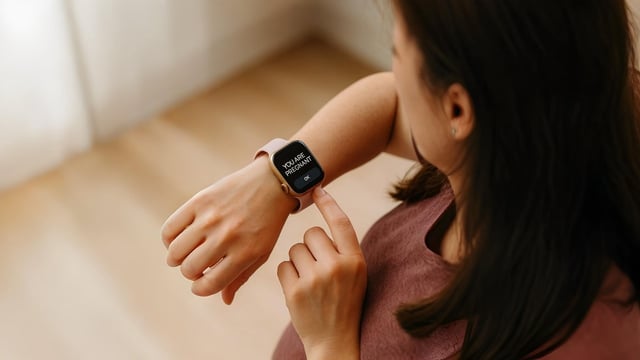Overview
- The Wearable Behavior Model draws on 27 human-interpretable metrics such as step count, sleep duration and gait stability to analyze patterns instead of raw signals.
- Trained on over 2.5 billion hours of Apple Watch and iPhone data from 161,855 participants, the model was tested on 57 static and dynamic health prediction tasks.
- WBM outperformed a PPG-based approach in 18 out of 47 static tasks and in all but one dynamic task when evaluated independently.
- A hybrid model combining behavioral and PPG data achieved up to 92 percent accuracy in pregnancy detection alongside gains in sleep quality, infection and cardiovascular assessments.
- Published as an arXiv preprint, the research remains at a proof-of-concept stage pending peer review and eventual user-facing deployment.


